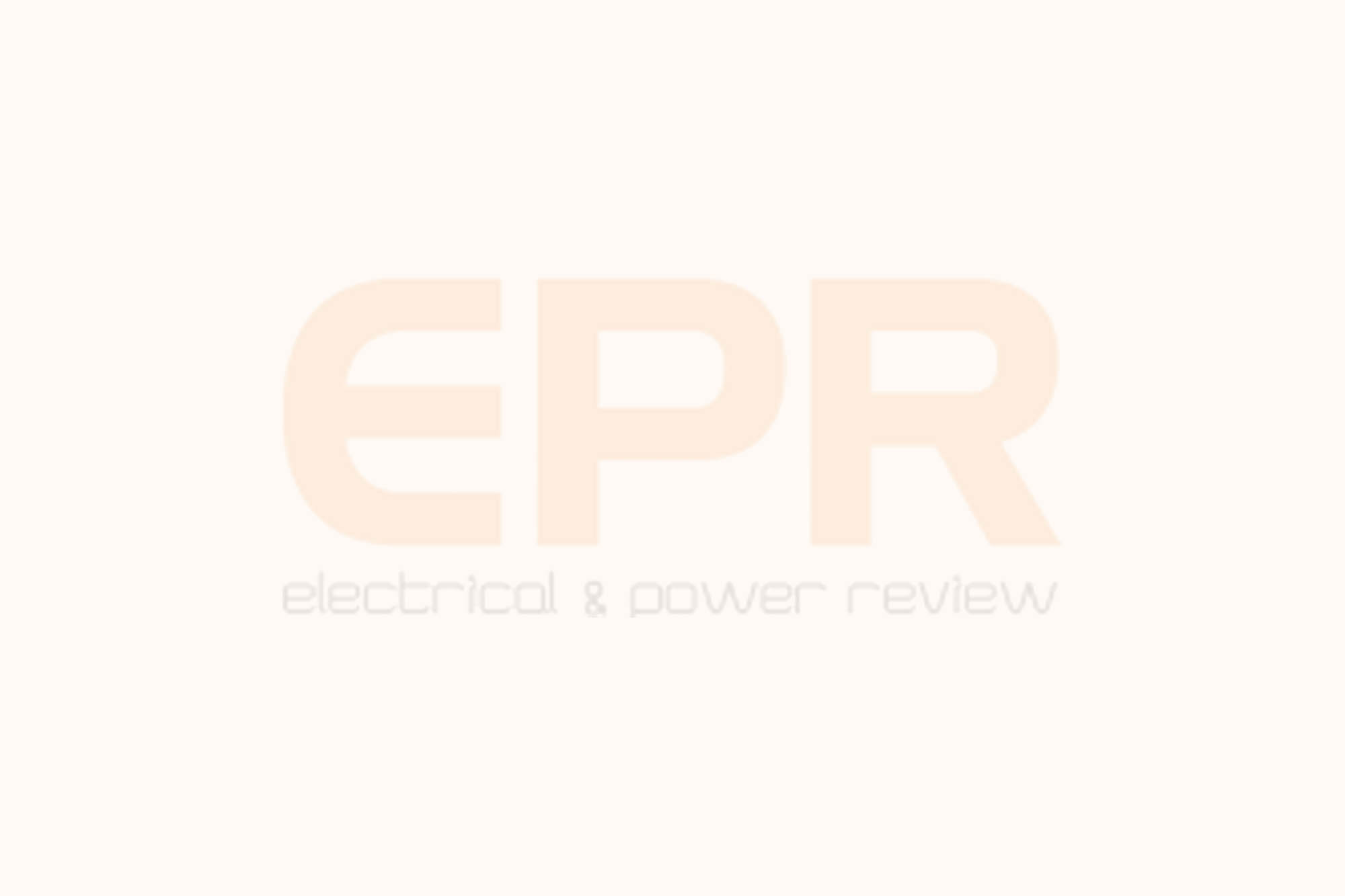Energy harvesting for wireless sensor networks
By EPR Magazine Editorial February 7, 2013 3:58 pm IST
By EPR Magazine Editorial February 7, 2013 3:58 pm IST

Energy harvesting for wireless sensor networks
Without wires, wireless sensor networks directly don’t receive power for operation; so researchers are investigating energy harvesting methods. Here’s a look at this latest method for powering these networks.
The most important feature of wireless sensor networks (WSNs) is the elimination of wires – communication and power. Without wiring requirements, they can be deployed in a range of remote monitoring applications where running wires is prohibitive or impossible. The removal of wires also reduces the cost per measurement point required for monitoring existing systems.
WSN systems have been varying power needs from a few microwatts of power in sleep mode to 100 milliwatts in transmit mode. Thus these systems require a means to store energy. Wireless protocols and several energy-storage technologies are proven and available from multiple vendors, although as with all technology, expect and plan for evolution and change. The scale of technology maturation is broad.
Advantages and disadvantages of batteriesBatteries are the most commonly used energy-storage medium for WSNs. They are mature technology with an easily accessible distribution channel. Power and voltage availability are well defined, and the ranges of operating temperature are clear. The two prominent, available battery technologies are the traditional alkaline battery and in recent years, the lithium iron disulfide (Li/FeS2) batteries with extended operating temperatures, capacities and shelf lives.With new low-power WSN systems, nodes can operate for up to 3 years at a 1-minute sample interval on four AA batteries. For certain applications, such as machine condition or structural health monitoring, the goal of continuous power for the operating life of the system has generated significant interest and investment in energy harvesting research.
Future WSN and energy harvesting system architecture In discussions of future architectures for WSNs, engineers and researchers bring up energy harvesting transducers. How the transducers and power electronics will be packaged is still unclear. Future architectures often include batteries and other forms of energy storage.
Supercapacitors One technology under investigation and used in some early products are supercapacitors, also known as ultracapacitors. Supercapacitors are commonly used in hybrid electric vehicles (HEVs), and store energy by physically separating positive and negative charges, unlike batteries that rely on chemical reactions to separate charges. Supercapacitors store electric charges similar to static electricity with a balloon. Because the process is highly reversible and can be cycled millions of times to extend life, they have the advantages of longevity and quick charge and discharge rates. They currently do not offer the same energy storage density as batteries.
Supercapacitors also require additional electronic control and switching circuitry. In future WSN architectures, a supercapacitor might be used for energy storage and connected to specific power electronics. The power could come from multiple sources, each requiring a unique transducer to provide a power source for WSN nodes.
Solar energy harvestingAs an energy source for WSNs, solar panels are the most mature technology and supported by developed markets. Complete systems with solar panels, inverters, batteries, and mechanical enclosures are available from several vendors including SunWize, Mr. Solar, and Powerup, to name a few. Stores including Lowe’s and Home Depot also provide solar panels for outdoor lighting and other applications that can be converted for use with WSN systems. The factors to consider when selecting a solar panel include:
Solar radiation or insulation of installed location: typically specified using zones which correspond to the average solar intensity of a region (highest solar intensity zones are closest to the equator)
Voltage range of a WSN: typically 12 or 24 volts are available from solar vendors
We use cookies to personalize your experience. By continuing to visit this website you agree to our Terms & Conditions, Privacy Policy and Cookie Policy.